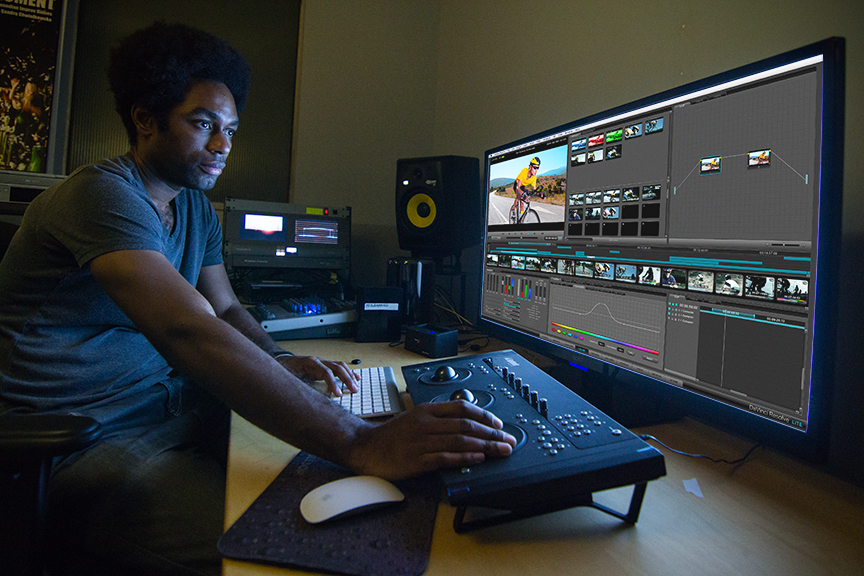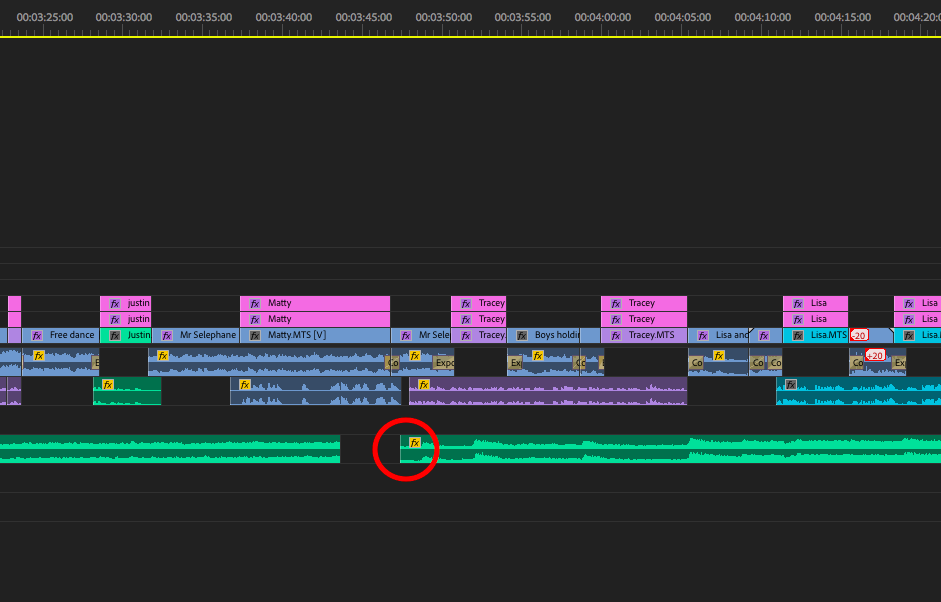In this week’s blog post, I will be discussing the post-production phase of our major documentary ‘Break a Leg’. In particular, I will discussing the overall quality of the footage we captured and whether or not there were any difficulties with regards to this. The sound design and music processes will also be discussed.
The post-production phase of any film is extremely important. The overall quality of the edit can either make or break your film. As the editor on this particular project I was looking forward to undertaking documentary editing processes as I had never edited a documentary before.

Overall, I believe the b-roll footage was okay. After filming b-roll once I noticed straight away that there wasn’t enough nor was it good enough quality to utilise. James focused more on group performances rather on individuals and the sweet moments between each song in rehearsals. Furthermore he found it difficult to use the c100 as it was heavy after using for a while. It also it caused many distractions from the kids which unfortunately hindered the quality of their performances. In order to fix the lack of b-roll problem, I came up with a list of b-roll that we already had enough of such as the group performances and then wrote another list of missing b-roll, for example individual shots of kids and staff we had previously interviewed. Then we had to solve the problem of the camera being too big of a distraction. To fix this, Chantal got in contact with a friend of hers who had a gimbal for a DSLR which would allow us to film smooth and high quality b-roll. The following week we returned to the location with a well thought out plan of what b-roll to shot and also had the gimbal ready to go, making for a very successful shooting day.
The sound design in a film is often overlooked. It is something that is never noticed when done correctly, however it is the first thing people recognise when its terrible (Moustache Magazine, 2014). Editors know that sound can heavily influence the tone of a film and is key for how you feel during a scene so finding the right music to fit the tone of this film was extremely challenging. This was very difficult for several reasons. Firstly, it was a struggle to find an upbeat and uplifting instrumental that wasn’t over the top or didn’t sound too corporate. Secondly, I also had to make sure that the tracks I used were royalty free and cost nothing which unfortunately limited me to a small amount of tracks. After many hours of searching online for music I finally found three that worked well together and fit what I was looking for.
Furthermore, I tried my best to find soundtracks that would allow me to create effective musical cues throughout the film. A musical cue are “musical segments created specifically for moments in a film.”(Reay, 2004, p. 127). For example I used a musical queue for the final sequence of the documentary which can be seen in my premiere project below.
 I believe that this was an effective cue as I feel that both the soundtrack and where it comes in, perfectly wraps up the film and sets the tone for the entire film. I have learnt a lot about documentary post production practices and while it was a lot of work, it is something I would definitely be interested in taking on again in he future.
I believe that this was an effective cue as I feel that both the soundtrack and where it comes in, perfectly wraps up the film and sets the tone for the entire film. I have learnt a lot about documentary post production practices and while it was a lot of work, it is something I would definitely be interested in taking on again in he future.
Check out Break a leg here: https://www.youtube.com/watch?v=lWLa3-F5ZKc&t=6s
Moustache Magazine. (2014). Retrieved from http://www.moustachemagazine.com/2014/09/the-importance-of-post-production-for-film-and-tv/
Reay, P. (2004). Music in film: Soundtracks and synergy. London: Wallflower.